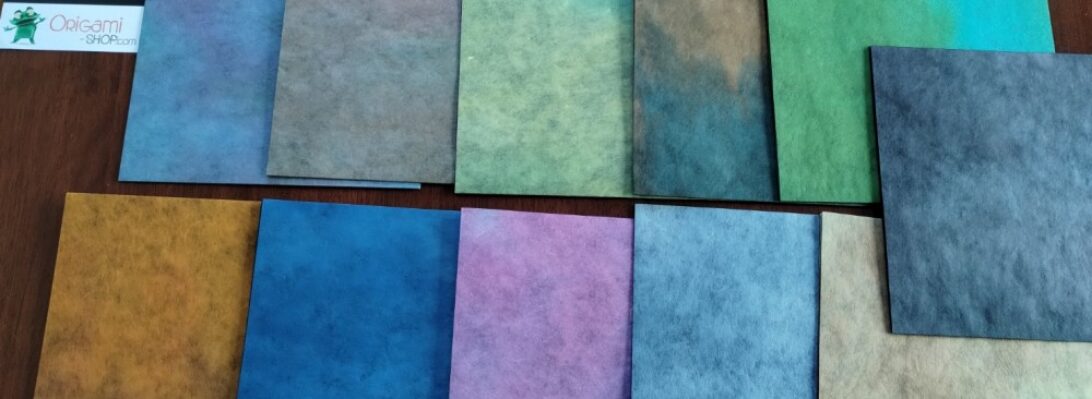Primates are a diverse collection of animals that contain us hominids, apes and a variety of “monkey-like” critters. One of the most primitive, obscure and endangered is a type of Lemur, native to Madagascar, called the Aye Aye:

Largely nocturnal, and generally feared because of it’s slightly crazed appearance and creepy long fingers, apparently it uses its fingers to reach into decaying wood to pluck out juicy grubs – yum. I had never seen anything like it rendered in origami until I was proofing a soon to be published book by Kunsulu Jilkishiyeva titled “Origami Oddities”. I knew I had to try it.

Using a 45cm square of Damul Kraft (from Origami-shop) in brown/natural, the pre-creasing was fairly straight forward, the first collapse is complex (an “everything at once” style collapse I love). Isolating the features is pretty straightforward, but this is not a beginners fold, it contains some deliciously complicated maneuvers.
Continue reading


























